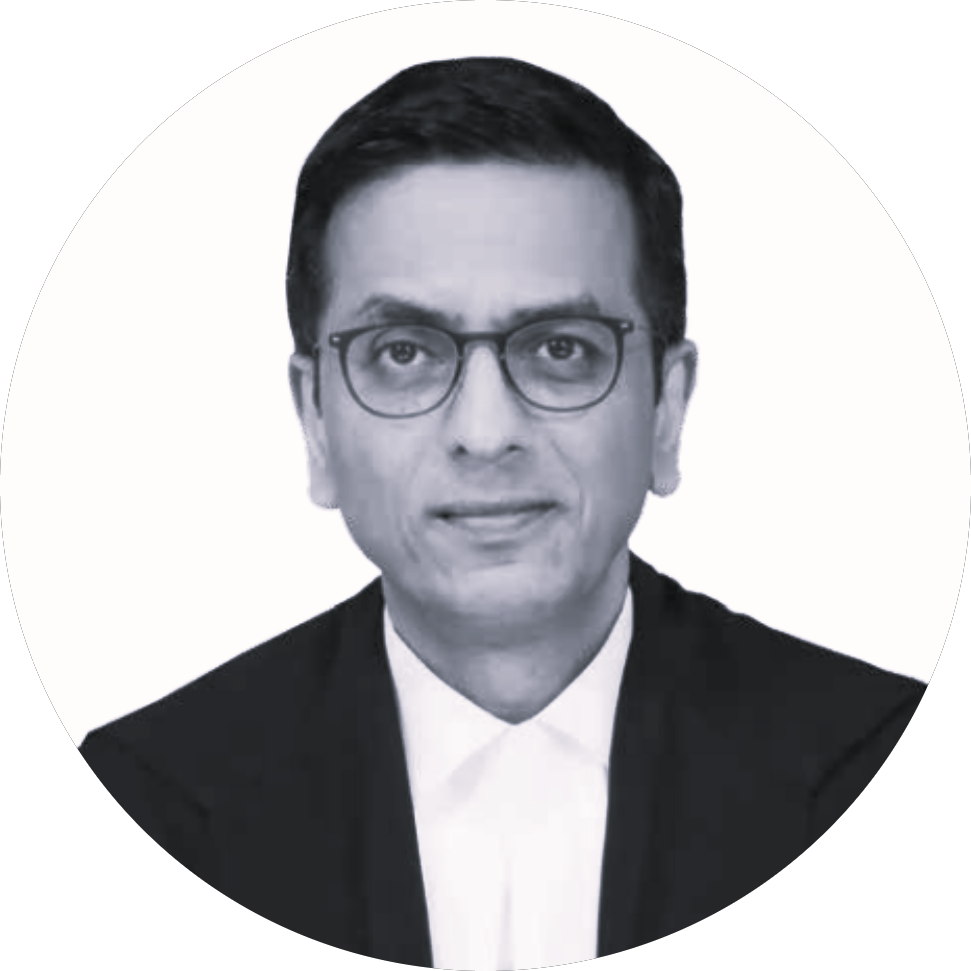Ayodhya Title Dispute
M Siddiq v Mahant Suresh Das
The Court overturned the 2010 Allahabad High Court judgment that divided the title to the Babri Masjid / Ram Janmabhoomi site. It awarded the title to the deity, Shri Ram Virajman.
Decided
Parties
Petitioners: M. Siddiq (Deceased); Maulana Asshad Rashidi; Sunni Central Board of Waqfs.
Lawyers: Rajeev Dhavan; Raju Ramachandran.
Respondents: Mahant Suresh Das; Nirmohi Akhara; Bhagwan Shri Ram Virajman; Uttar Pradesh; District Collector (Faizabad); City Magistrate (Faizabad); Superintendent of Police (Faizabad); All India Hindu Mahasabha; Arya Maha Praseshik Sabha; All India Sanatan Dharam Sabha.
Lawyers: Tushar Mehta; Subramaniam Swamy; CS Vaidyanathan; Ranjit Kumar; K Parasaran; Harish Salve.
Case Details
Case Number: CA 10866-10867/2010
Next Hearing:
Last Updated: May 26, 2022
TAGS: Ayodhya, Babri Masjid, Land Law, Ram Janmabhoomi, Religion
Key Issues
Is the Allahabad High Court judgment, dividing the Ayodhya land title between the Sunni Waqf Board, Nirmohi Akhara and Ram Lalla, valid?
Is the Ram Janmabhoomi (the birthplace of Ram) a juristic entity, independent of the presence of idols? And if so, is it immune from possession claims as a juristic entity?
Are suits 3 and 4 barred by limitation, under the Limitation Act, 1908?
Case Description
Babri Masjid is a 16th century mosque located in Ayodhya, Uttar Pradesh. The site of the mosque is also believed to be the birthplace of Lord Ram (Shri Ram Janmabhoomi) by a large number of Hindus. This has repeatedly led to disputes about who possesses the land.
The current legal dispute arose out of a 1949 Faizabad court order. On the night of December 22nd, a set of Hindu idols were placed (appeared) under the Babri Masjid dome. A law and order situation developed. On December 29th 1949, a Faizabad court placed the site under the custodial responsibility of the state to control rising communal tensions. In particular, the Additional Magistrate issued a preliminary order under Section 145 of the Code of Criminal Procedure, 1898 and directed the site to be placed under the receivership of the Chairman of the Municipal Board.
Following the 1949 order, three key title suits challenging it were filed:
- In 1959, the Nirmohi Akhara filed a title suit (suit no. 3*). The Nirmohi Akhara claims it is the rightful manager of the Ram Janmabhoomi.
- In 1961, the Uttar Pradesh Sunni Central Board of Waqfs (hereafter Sunni Waqf Board) also filed a suit (suit no. 4). The Board claims possession of the mosque.
- In 1989, senior advocate Deoki N Agarwal filed a suit (suit no. 5) on behalf of Lord Ram in the Allahabad High Court. All prior suits were moved to the High Court.
In a significant development, in 1992 Babri Masjid was demolished by kar sevaks affiliated with the Vishwa Hindu Parishad and other organisations.
In September 2010, the Allahabad High Court delivered a judgment dividing the Ayodhya title into three equal parts. It awarded the title to the Nirmohi Akhara, Lord Ram represented by Triloki Nath Pandey (a RSS volunteer and Vishva Hindu Parishad functionary, who replaced Agarwal after his death), and the Sunni Waqf Board.
All the parties filed appeals, claiming various rights over the disputed land. In 2011, the Supreme Court stayed the Allahabad High Court judgment.
On September 27th 2018, a three-judge bench delivered its verdict on the question of whether the matter should be referred to a Constitution Bench (comprising five judges). The court ruled that a three-judge bench could continue to hear the matter. It rejected referring it to a Constitution Bench on the ground that Faruqui did not need revisiting. Faruqui had held that mosques are not an essential feature of Islam. Justice Bhushan, on behalf of Chief Justice Misra and himself, wrote the majority opinion. Justice Nazeer wrote a dissenting opinion:
- Justice Bhushan‘s majority opinion
- Justice Nazeer‘s minority opinion
Then, Chief Justice Dipak Misra retired on 2 October 2018. On January 8th 2019, Chief Justice Gogoi reassigned the dispute to a five-judge Constitution Bench, using his administrative powers as Chief Justice.
On March 8th 2019, the court ordered the main parties to attempt mediation over an eight week period. The mediation proceedings began on March 13th and are set to complete in early May. On May 10th, the court extended the mediation period until August 15th, upon the request of several parties.
On July 9th, one of the parties, Gopal Singh Visharad, approached the court to resume day-to-day court hearings. He contended that no progress was being made in the mediation proceedings.
On August 6th, the court began to hear final arguments. It first heard the Nirmohi Akhara, and then, Shri Ram Virajman and various other Hindu parties. Currently, it is hearing arguments for the Sunni Waqf Board. Chief Justice Gogoi has requested the parties to finish arguments by 18 October.
On October 16th, the court reserved judgment. The judgment is expected before Chief Justice Ranjan Gogoi retires on November 17th.
On November 9th 2019, the court delivered its judgment. It awarded the title to the deity, Shri Ram Virajman and directed the State to grant the Sunni Waqf Board an alternate site at Ayodhya for the construction of a mosque.
For a more detailed timeline of the dispute, read this.
*all references to suit numbers are as per their references in the Allahabad High Court judgment
